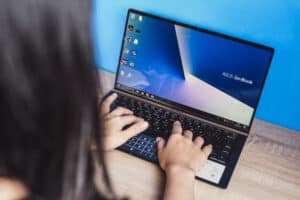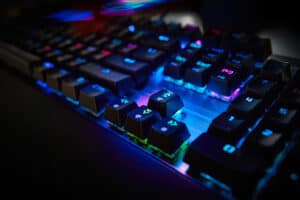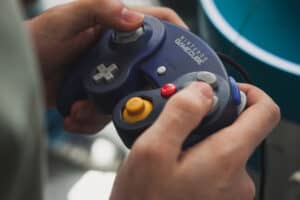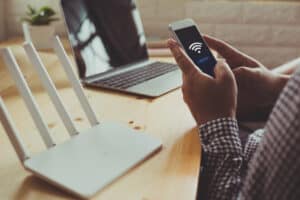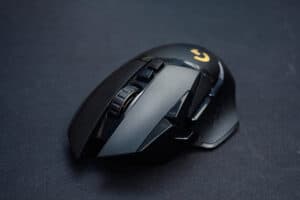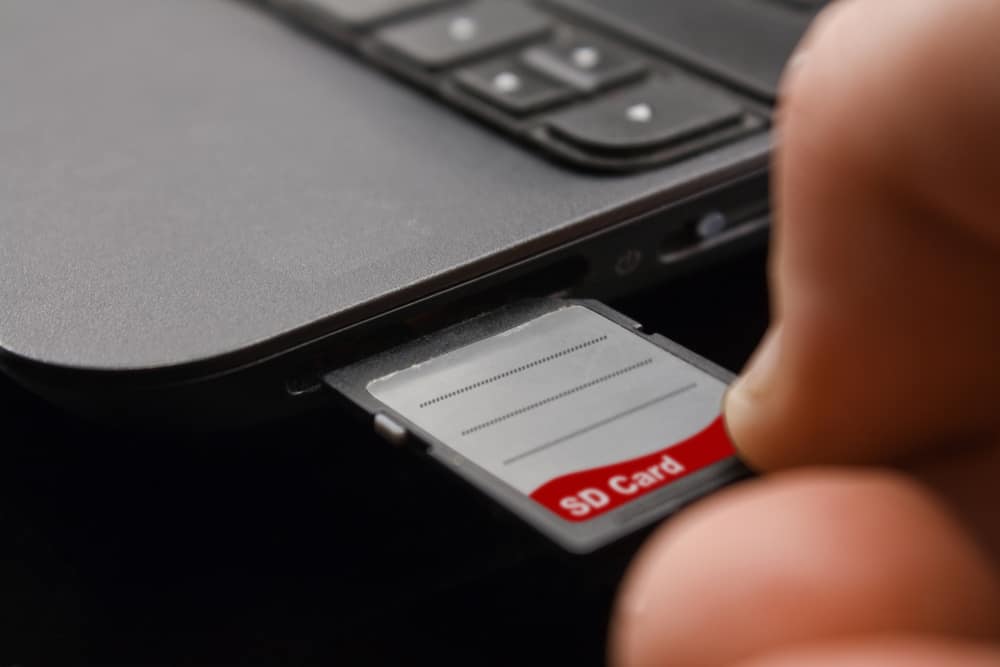
An SD card is an excellent way of saving the data on your PC like apps, documents, photos, software, music, and email. An SD card also makes it possible to transfer this data to other devices like smartphones or digital cameras or store it for later use.
To connect the SD card to the PC, insert it into the memory card slot in your PC and push it until there’s an audible clicking sound. Once you hear that, you can delete, save, or move data on the SD card.
Meanwhile, if you have a microSD card, you will need an external card adapter to install the card into your PC. And if your PC doesn’t have a built-in card reader, you’ll need to invest in an external card reader.
New to using SD and MicroSD cards? Here’s everything you need to know.
Things To Know Before Getting Started
Before we look at how to connect an SD card to a PC, you should know the following.
- An SD or microSD is a small memory card usually used in devices like digital cameras and smartphones. As the name suggests, a microSD card is an SD card’s more compact counterpart.
- MicroSD cards usually come with a standard SD card adapter that accommodates the card perfectly so you can insert it into a typical card reader on your computer. For reference, the adapter looks like a standard SD card with a small compartment for the microSD card at the bottom.
- Most laptops and computers come with built-in card readers. However, you don’t need to worry if they don’t. You can quickly get an external card reader to connect to your laptop or PC via a USB cable. These external readers don’t cost much either, and you can use them to transfer data from your card to your PC and vice versa.
- Your laptop or PC might have a built-in SD card, but it might not have a built-in reader for a microSD card. If that’s the case, you will need a dedicated microSD card adapter that you can then insert into your card reader. This is because some card readers don’t accept these cards due to their small size. And since you’re going to be putting a smaller SD card into a bigger one, ensure that you unlock the lock toggle before putting the microSD adapter into the PC. If you don’t do that, your card might show as “Read Only”.
How To Connect SD Card to PC
To connect the SD card to your PC, just put the card (or the adapter with the card in case of a microSD card) into the correct card slot directly into the computer’s console. And if you don’t have a built-in card reader, you’ll have to put the card into an external card reader and connect that to a USB port. Windows will immediately recognize the card and mount it to the PC. As a result, all the information on the card will be available for you to see.
You can find your SD card in File Explorer.
Never force the card into its slot. If the card doesn’t slide into the slot, then try using another slot.
Generally, you should insert memory cards with the label side facing upwards, but if that doesn’t seem to work, you can always flip it and then try. Similarly, if you have a vertically-mounted car reader, try label-left first, but this might differ based on the manufacturer.
Summary
An SD card is an excellent alternative for storing essential files somewhere other than your computer as a backup. And it is effortless to connect, too. You just need to put the card into the card reader, and you’ll be able to use it!
Frequently Asked Questions
A simple way to connect your SD card to your computer without a reader is to insert the memory card into your smartphone and then connect your phone to your computer via a USB cable. You will be notified about the USB being recognized when you connect your phone to your laptop.
A dirty SD card or card reader is one of the most common reasons an SD card is not recognized. Both result in poor contact between the reader and the card. But you can try to fix this problem by cleaning both the card and reader and then trying again.
